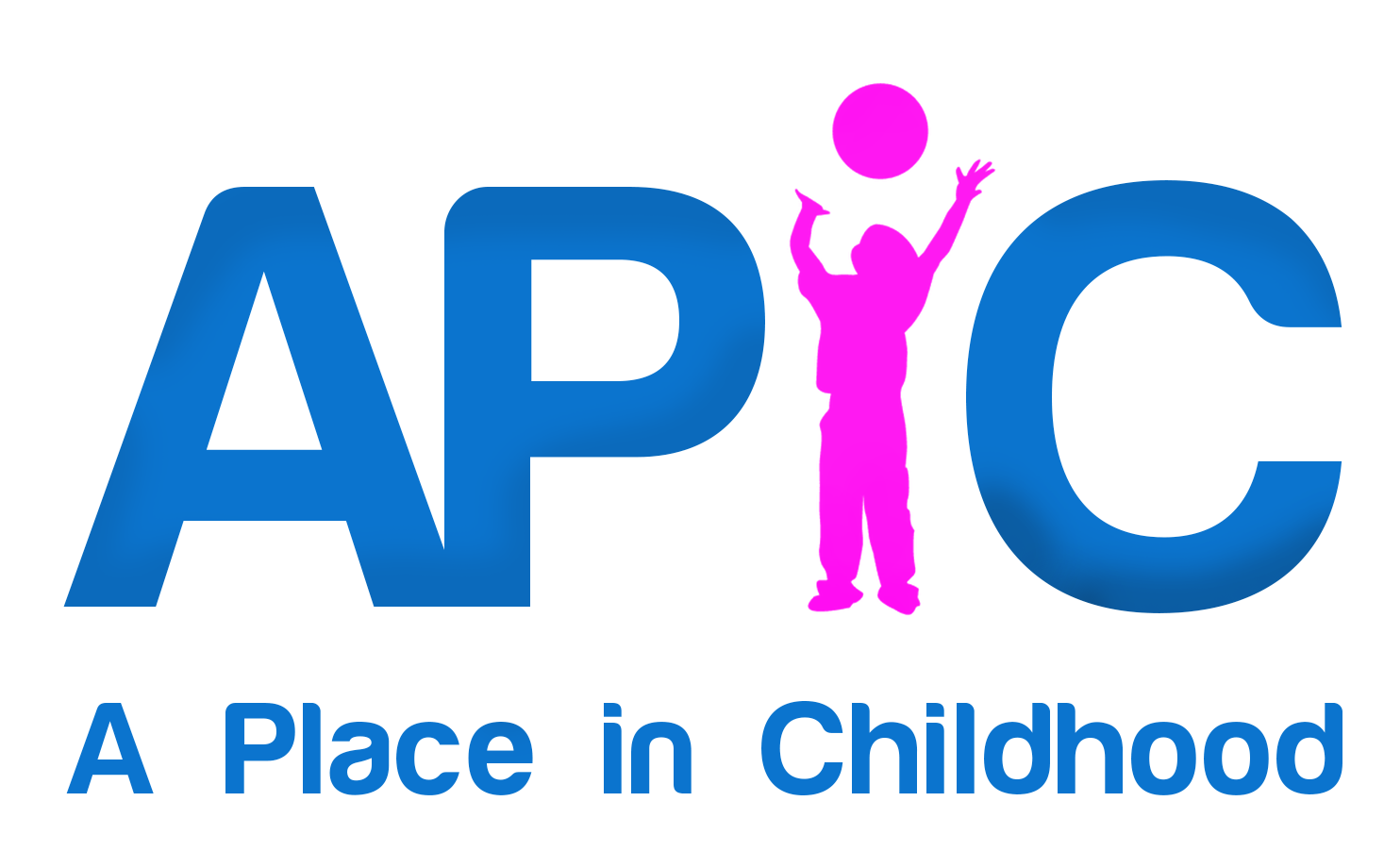At A Place in Childhood, we’re always thrilled to see our ‘How To Guide’ in action.
This guest blog comes from our colleague Kate Lonsdale at North Yell Development Council (NYDC), one of Shetland’s most established and inspiring community organisations. We were delighted to train Kate in using our ‘How To Guide’ for inclusive engagement with children and young people on our last trip to Shetland.
In this blog, she shares how NYDC are embedding the voices of local primary pupils into their new Community Development Plan and Local Place Plan—ensuring North Yell builds on its strengths into the future.
A Bit About NYDC
North Yell Development Council is one of Shetland’s oldest development groups, with a history stretching back to the 1940s. NYDC was established to strengthen the community and enhance the local tradition of pulling together to get things done, with a focus on making North Yell a better place to live, work and visit.
NYDC has a great track record for undertaking projects that benefit all demographics in the community. These include:
- The development and operation of a community windfarm that provides funds for the community
- Construction of a marina and industrial estate
- Operation of a grant support scheme
- A wide range of social inclusion initiatives
I was hired in 2023, initially to run the social projects, but since then my role has evolved into a Development Officer position.
Why Involve Young People?
North Yell sits on the upper east side of the island of Yell, the second-largest island in Shetland. The area is primarily made up of crofting ground around the coastland, with peat bog further inland. North Yell has a population of approximately 225 people, with around 13% under the age of 15.
When the time came to update our Community Development Plan and write a Local Place Plan, we knew that consulting with the younger members of our community would be vital in helping shape a future for North Yell and NYDC that benefits everyone.
One of our main priorities has always been making North Yell an excellent place to live, work and raise a family—so naturally, younger people are key to understanding what’s important in that regard.
After attending training with A Place in Childhood on using the How to Guide for including young people in planning consultation, I felt this could be a great way to engage with the younger folk for our needs.
Using the How to Guide
The hope was to get a clear sense from the young people about:
- What was important to them about living in North Yell
- What infrastructure and facilities they used and how
- How they moved about the area and interacted with the environment
- What improvements could enhance their experience
To co-create the plan, I worked with the children at Cullivoe Primary School for a full day using the How to Guide from A Place in Childhood.
In the morning session, we talked about North Yell and reflected on what places were important to us. We thought about what places we’d most like to show someone who was new to the area. We used this discussion to help us plan a walking route.
After break, we went on our walk. The participants had cameras and were encouraged to take photos of anything they thought would be important or that they’d like to remember for later.
While walking, we talked a lot about how we move around the area. Accessibility was a big focus, as one pupil at the school uses mobility aids.
What the Children Told Us
After returning to the school, the children wrote their thoughts on post-it notes, which we then added to a large map. We thought about:
- Things that were good
- Things that could be better or improved
- Ideas related to the environment and sustainability
From this information, the children came up with a number of suggested projects.
Once I had collated all this information, I checked back with the pupils to make sure they were happy with the output. Their contributions were then presented to the NYDC directors at the next meeting. The work has also been displayed at community consultation events and shared with visiting council officials and agencies.
You can view the final plan here.
What Happens Next
The projects identified in their plan are all supported by NYDC. Where something is outside our remit, we’ll be working with—and encouraging—relevant groups to take the lead.
We’re hopeful that most of the projects will be actionable in some way.
